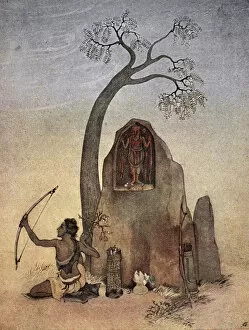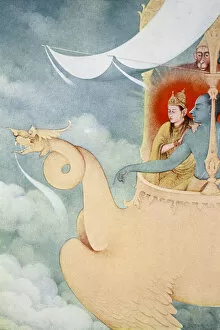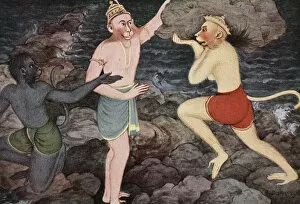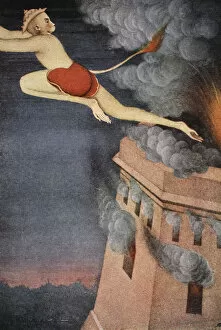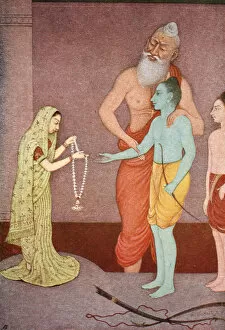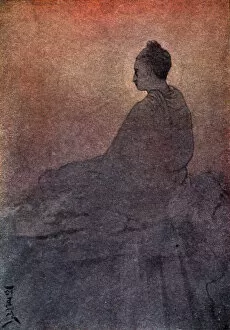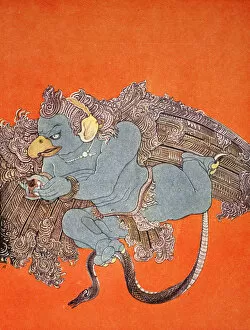Margaret Elizabeth Noble Collection
Margaret Elizabeth Noble, also known as Sister Nivedita, was a remarkable woman who dedicated her life to promoting Indian culture and spirituality
All Professionally Made to Order for Quick Shipping
Margaret Elizabeth Noble, also known as Sister Nivedita, was a remarkable woman who dedicated her life to promoting Indian culture and spirituality. Born in 1867, she left her native Ireland and traveled to India in search of spiritual enlightenment. Noble's journey led her to Kolkata, where she became deeply influenced by the teachings of Swami Vivekananda. Inspired by his vision for a revitalized India, she embraced the Hindu faith and devoted herself to serving its people. As an artist herself, Noble found solace and inspiration in ancient Indian art forms. She was particularly captivated by the exquisite paintings depicting scenes from Hindu mythology. The Birth of Krishna, Radha and Krishna, Kaliya Damana - these masterpieces spoke volumes about the rich cultural heritage that India possessed. Intrigued by these artworks' creators being unknown artists from 1920s; Margaret recognized their significance as windows into a glorious past that needed preservation. With great passion and dedication, she worked tirelessly to promote Indian art both within India and abroad. Noble believed that through art appreciation, one could gain deeper insights into the essence of Indian spirituality. She saw each painting as a portal connecting individuals with divine wisdom. From Yudhishthira's moral dilemma to Krishna instructing Arjuna on duty - every stroke captured profound philosophical concepts. The Trial of Princes showcased noble values like justice while The House of Lac depicted tales of bravery amidst adversity. These stories resonated with Noble's own quest for truth and righteousness. One cannot overlook Noble's efforts in reviving epic narratives such as The Return of Rama or Burning of Lanka which brought alive heroic sagas embedded within Indian folklore. Ekalavya symbolized determination against all odds while Rama sending his Signet-ring to Sita portrayed unwavering love even during separation – themes close to Margaret’s heart. Through her tireless work promoting these timeless pieces, Noble aimed to bridge the gap between East and West.

